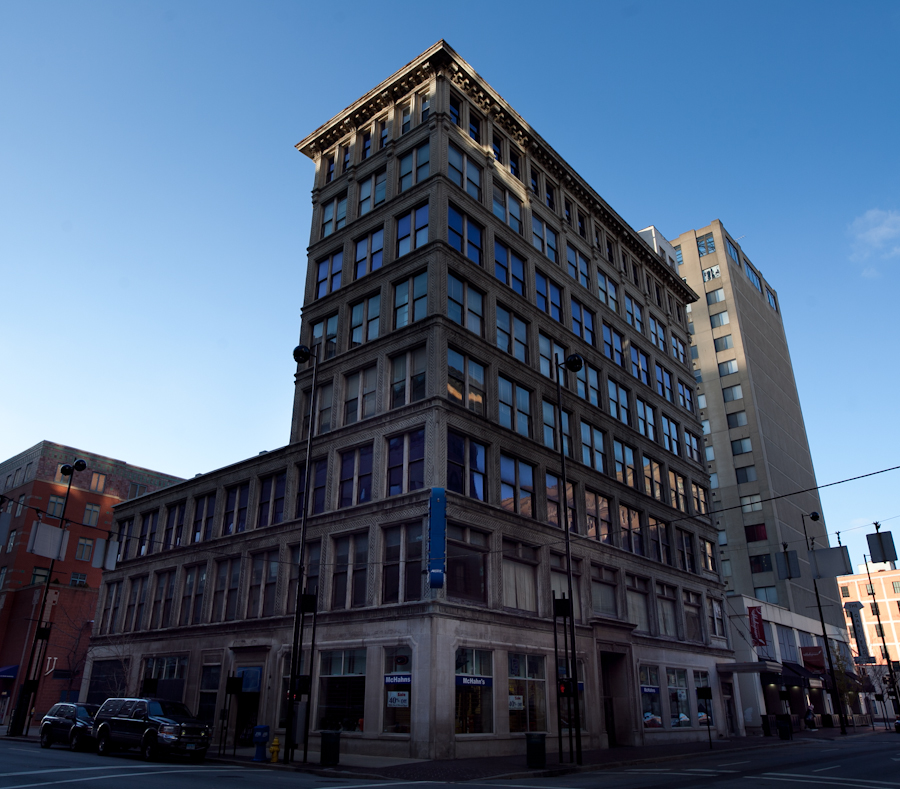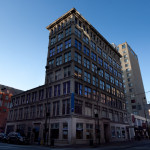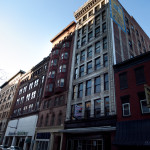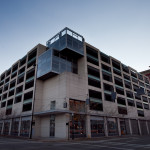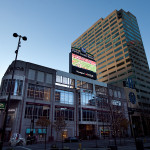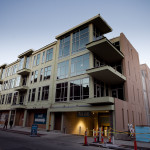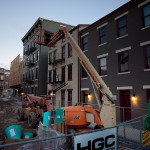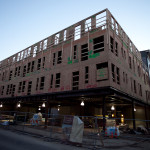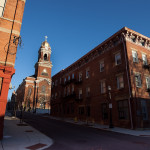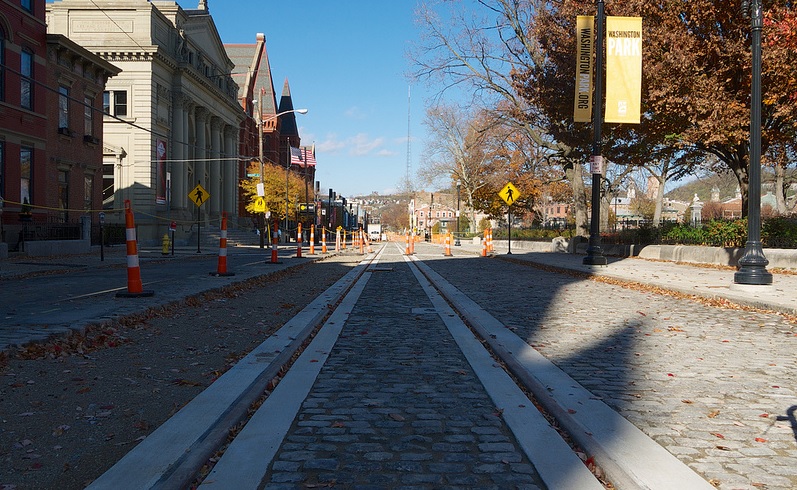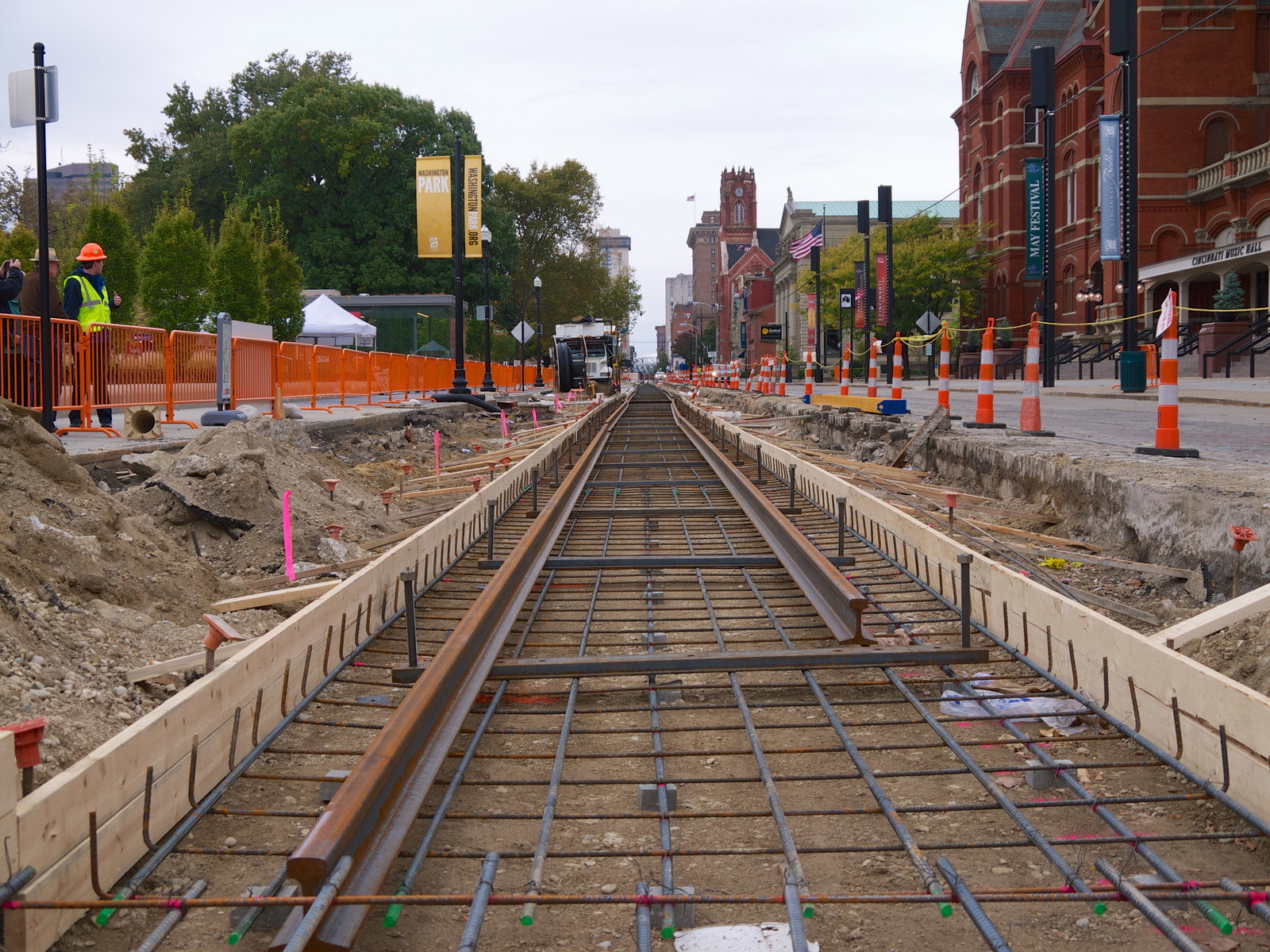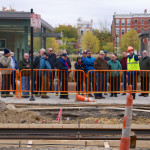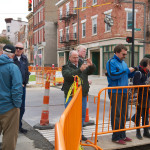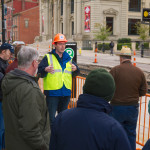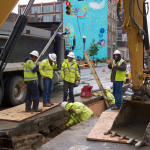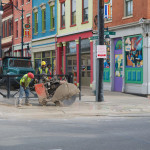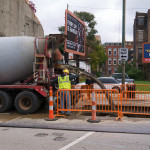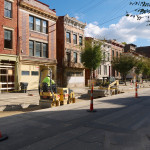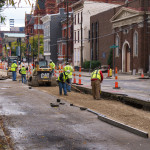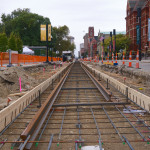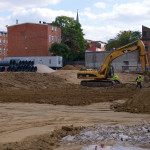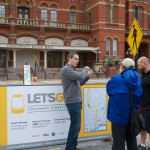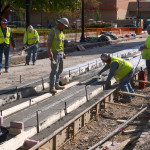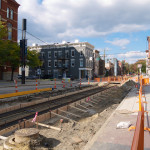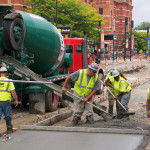Last month, four of UrbanCincy’s five top stories focused on transportation — from bikes to cars to subways. We also gave an update on the demolition of one the University of Cincinnati’s most iconic historic structures and explained why it had been neglected for the past decade. In case you missed any of them, here’s a look back at our five most popular stories from February 2014:
- Cincinnati Aims to Open Initial Phase of Bike Share System This Summer
Contributor Eric Anspach provides an update on the Cincy B-Cycle bike share program which is expected to open this summer. - The Abandonment of Cincinnati’s 1914 Subway and Rapid Transit Loop
A new infographic illustrates which sections of Cincinnati’s Rapid Transit Loop were built, which parts were replaced by expressways, and which parts were planned but not built. - The Best and Worst States in America for Transit Funding
Data from the FTA’s National Transit Database shows that Ohio is one of the worst states in America for investing in public transportation, despite being one of the most densely populated. - Eight-Point Plan for Fixing Cincinnati’s Broken Parking System
Since 2010, UrbanCincy has been calling for reforms to fix Cincinnati’s parking system finances. In this latest editorial, we lay out an 8 point plan to upgrade the system and stabilize its finances. - Decision from Board of Trustees More Than a Decade Ago Doomed Wilson Auditorium
Our November 2013 post about two demolitions on UC’s campus generated a lot of interest. In this update, we explain how a decision made by the University of Cincinnati Board of Trustees more than ten years ago led to the demolition of Wilson Auditorium late last year.
